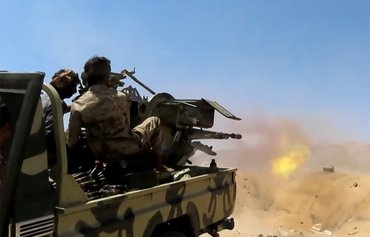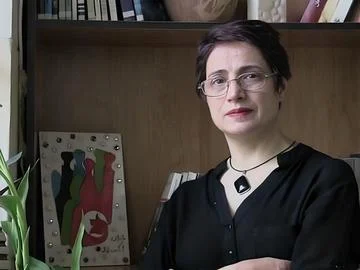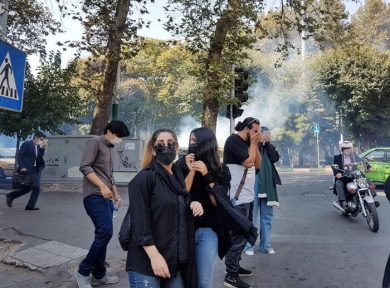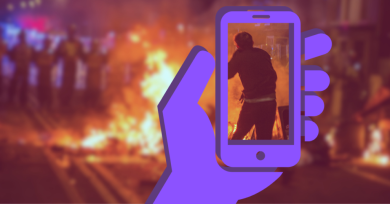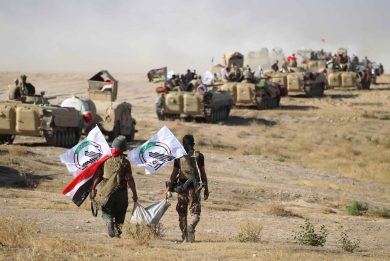On September 16, 2022, the death of a 22-year-old Kurdish-Iranian woman named Mahsa (Jina) Amini in the custody of Iran’s morality police sparked a firestorm. Her arrest for “improper hijab” and her subsequent death ignited a nationwide protest, unlike any other in recent Iranian history. But what made this movement unique—and enduring—was that it was led by women.
From the moment Mahsa’s name echoed through the streets of Tehran, Shiraz, Sanandaj, and beyond, the chant “Zan, Zendegi, Azadi” (”Woman, Life, Freedom”) became more than a slogan. It became a rallying cry for millions, representing not only a rejection of the Islamic Republic’s gender apartheid, but a demand for fundamental change.
This report explores how Mahsa Amini’s death catalyzed a powerful women-led resistance movement and how Iranian women are reshaping the country’s struggle for freedom, equality, and democracy.
1. Mahsa Amini: A Tragedy That Sparked a Revolution
Mahsa Amini was visiting Tehran with her family when she was detained by the Guidance Patrol, a unit tasked with enforcing Iran’s compulsory hijab laws. Witnesses and leaked medical reports suggested she was severely beaten in custody. Authorities claimed she died of a “heart condition”—a claim widely rejected by the public.
Her story struck a deep nerve in Iranian society, particularly among women who had long lived under the daily threat of harassment, arrest, and abuse. Her face became a symbol of both victimhood and resistance.
2. From Outrage to Uprising: Women Lead the Protests
Within days, women across Iran began to remove their hijabs, cut their hair in public, and burn headscarves in protest. These were acts punishable by imprisonment or worse—but the symbolism was potent: a rejection of the control the Islamic Republic exerts over women’s bodies and lives.
What followed was a national uprising with women at the forefront:
• High school girls defacing photos of the Supreme Leader.
• University students organizing sit-ins and protests.
• Mothers of victims becoming outspoken critics of the regime.
• Iranian women abroad amplifying the message globally.
This was not just a protest; it was a women-led revolution against authoritarianism, misogyny, and systemic oppression.
3. The Slogan: Woman, Life, Freedom
The Kurdish slogan “Jin, Jiyan, Azadî” (translated into Persian as “Zan, Zendegi, Azadi”) originated in the Kurdish women’s movement but gained global recognition through the Iranian protests.
What it symbolizes:
• Woman: Centralizing women as both the victims and leaders of resistance.
• Life: Affirmation of dignity, identity, and a life free from control.
• Freedom: The rejection of forced veiling, state violence, and political repression.
This slogan has united ethnic, political, and generational divides, creating one of the most intersectional movements in Iranian history.
4. IRGC’s Crackdown on Women
The Islamic Revolutionary Guard Corps (IRGC) and other security forces responded to the uprising with brutality:
• Over 500 protesters killed, many of them women and teenagers.
• Thousands arrested, with women facing torture, solitary confinement, and sexual abuse.
• Journalists, including Niloofar Hamedi and Elaheh Mohammadi, were jailed for reporting on Mahsa’s death.
• Digital surveillance was used to track activists and shut down communication.
Despite this, women’s resistance persisted, moving from the streets to classrooms, living rooms, and digital platforms.
5. Digital Resistance and the Diaspora
With state media heavily censored and the internet frequently shut down, Iranian women turned to social media to spread the truth:
• Encrypted apps were used to organize and share footage of protests.
• Exiled journalists like Masih Alinejad amplified voices from inside Iran.
• Hashtags like #MahsaAmini and #WomanLifeFreedom trended worldwide.
The Iranian diaspora, particularly in cities like Berlin, London, and Los Angeles, staged massive rallies, bringing global attention to the movement.
6. The Movement’s Intersectionality
Women from all ethnic and religious backgrounds participated:
• Kurdish, Baloch, Arab, and Azeri women highlighted both gender and ethnic discrimination.
• Religious minorities, including Baháʼís and Christians, protested side-by-side with Muslims.
• LGBTQ+ individuals joined the calls for equality, despite facing double oppression.
This inclusivity made the movement more powerful and representative than previous uprisings.
7. Women Leading from Prison
Even as the regime targeted women, many continued to lead:
• Narges Mohammadi, a political prisoner, released letters from jail calling for civil resistance.
• Sepideh Gholian, re-arrested after chanting anti-regime slogans upon her release.
• Nasrin Sotoudeh, human rights lawyer, has become an enduring symbol of Iran’s feminist resistance.
Their leadership behind bars proves that the movement cannot be silenced.
8. Cultural Resistance: Art, Music, and Symbolism
Iranian women have expressed resistance through:
• Graffiti and murals honoring victims.
• Poetry and songs like “Baraye” by Shervin Hajipour, which became an anthem.
• The act of dancing and singing, once criminalized, now used as tools of protest.
Culture has become a battlefield—and women are winning hearts and minds.
9. Global Recognition and Policy Impact
The women-led uprising has led to:
• UN inquiries into human rights violations in Iran.
• Sanctions against IRGC officials involved in suppression.
• The Nobel Peace Prize awarded to Narges Mohammadi (2023), recognizing the leadership of women in Iran’s struggle for freedom.
The global community is beginning to understand that the fight for women’s rights in Iran is a fight for democracy itself.
10. What’s Next?
Though the daily protests have subsided, the movement is far from over. Signs of continued resistance include:
• Acts of civil disobedience, like unveiled women walking in public.
• Organized strikes, especially by students and workers.
• Underground media networks keeping the narrative alive.
• Diaspora advocacy pushing for continued international pressure on the regime.
The question is no longer whether Iranian women can lead the country to change, but how long it will take—and whether the world will stand with them.
Conclusion: Mahsa Amini, Immortalized
Mahsa Amini’s name is no longer just a symbol of tragedy—it’s become the heartbeat of a revolution. The movement that followed her death has not only challenged the Islamic Republic’s legitimacy but also redefined the role of women in political transformation.
Join Our Newsletter!
Stay informed with the latest updates, news, and ways to take action in the fight for justice and global security. Sign up now to get updates delivered straight to your inbox!

